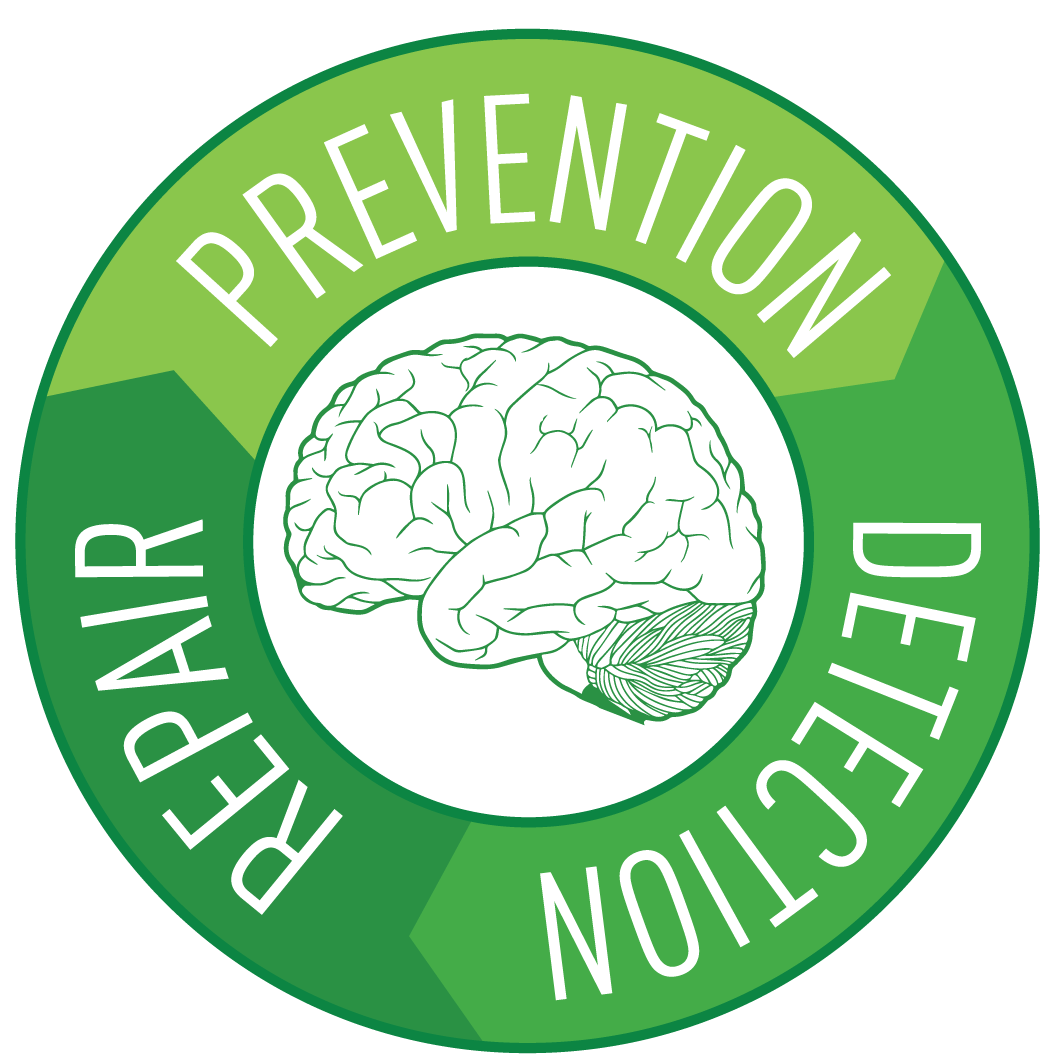

The Texas Biomedical Device Center has developed a wireless implantable device that is used to deliver precise electrical stimulation to the vagus nerve during rehabilitation. This causes the release of neurotransmitters critical for learning and memory. The neurotransmitters strengthen the connections in the brain that allow you to complete a task. When vagus nerve stimulation is paired with traditional rehabilitation using the TxBDC home therapy applications below, patients are able to improve their recovery from almost anywhere. READ MORE
for PTSD
ReThink technology uses vagus nerve stimulation during exposure therapy to reduce the fear response in PTSD patients. The patient uses a smartphone app to listen to weekly recorded therapy sessions while receiving vagus nerve stimulation from the comfort of home. READ MORE
VIDEO: ReThink Technology for PTSD
for Upper Limb Recovery
RePlay technology guides recovery of hand function after a brain or spinal cord injury. This therapy, which can be done at home, allows patients play fun and engaging video games which become more challenging as the patient improves. Hand movements are monitored as patients play the games, triggering stimulation of the vagus nerve. READ MORE
VIDEO: RePlay Technology for SCI
for Lower Limb Recovery
RePair technology guides the recovery of leg movements after a brain or spinal cord injury. The patient wears sensors on their legs to monitor movements and trigger the vagus nerve stimulator. This technology allows patients to improve arm and leg movement using an app on their smart phone during normal daily activities. READ MORE
VIDEO: RePair Technology
for Tinnitus
ReLief technology treats tinnitus by playing sounds and pairing them with vagus nerve stimulation. Tinnitus can be caused by hyperactive areas in the brain. These areas generate the perception of sound. By playing sounds above and below the tinnitus frequency and pairing them with vagus nerve stimulation we are able to shrink the hyperactive part of the brain. READ MORE

Detects Brain Impairments
This handheld portable device is capable of quickly measuring an individual’s visual tracking abilities. Through measuring eye movements, we can detect impairments in brain function that are likely to result in poor performance. The system can capture eye movements in under 2-minutes. READ MORE

Relative Motion Sensor
Second Derivative is a wireless, wearable device designed to identify and quantify potentially threatening head impacts. Sensors are placed on the head and neck to record relative motion. Data can be sent to analytic software in real time. This system is designed to be used in conjunction with the Neurotriage System. READ MORE